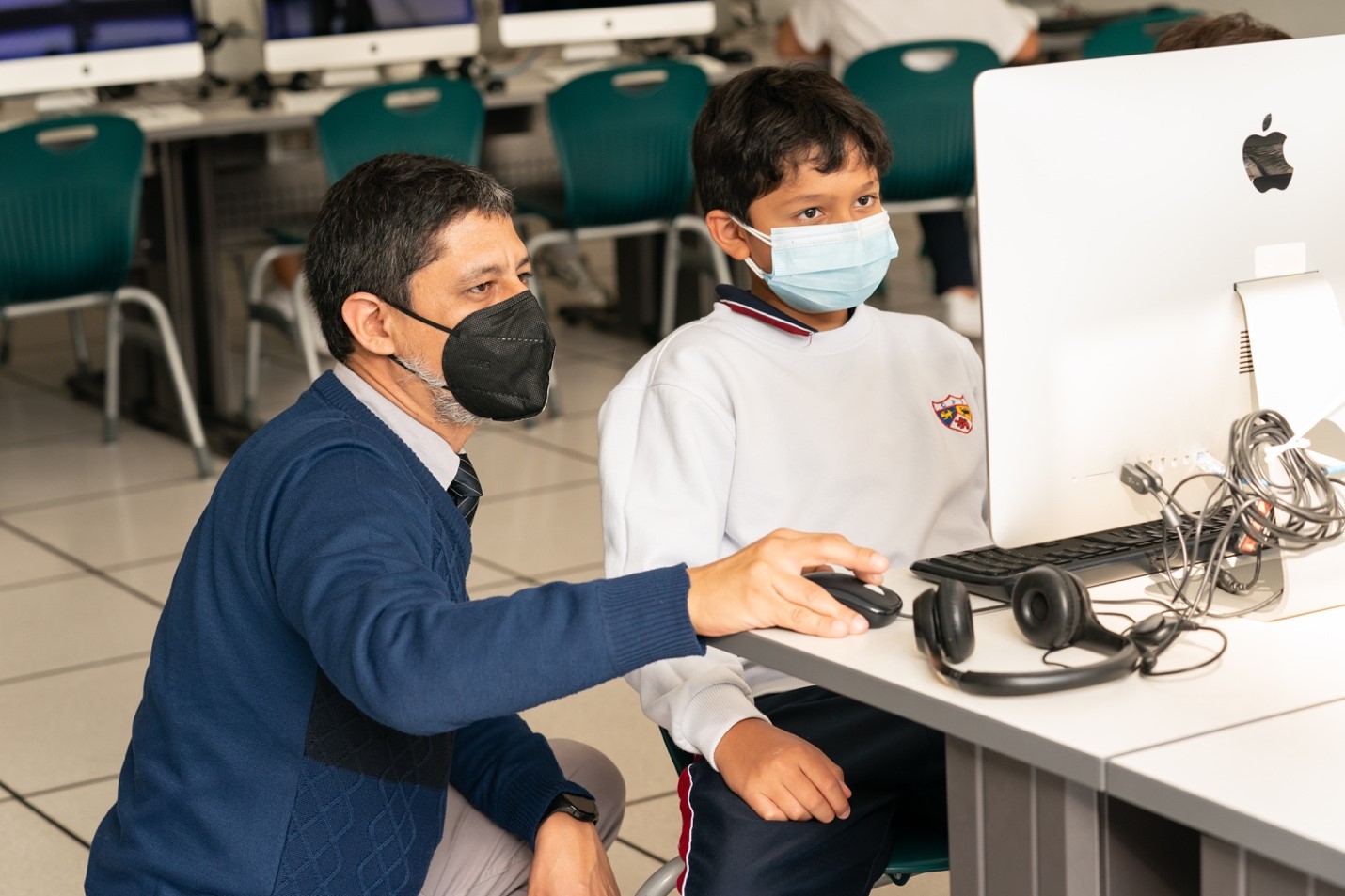Today's world shows a radical change compared to what was seen, thought and heard decades ago. The information society surrounds us today with a series of knowledge, images and sounds that stimulate our minds and actions as well as those of children and young people, which is why the use of Information and Communication Technologies (ICTs) has increased dramatically, influencing, education among other fields.
If we go back in time, just half a century, we see that pupils went to school to listen and repeat by heart the contents that were taught to them, and that their affectivity and other talents or skills that they had to develop were not taken into account.
It was during the last few decades of the 20th Century that new technologies were rapidly being introduced, giving rise to the information and knowledge society. Today, technology accompanies our children from the first years of their lives, and the selective, gradual and dosed use of technology ensures the improvement of creative processes.
It is important to ensure the proper use of technological resources in the teaching-learning processes so that, as Cabero (2000) indicates, the expected benefits are obtained, such as the elimination of space-time barriers between the teacher and the student, the flexibilisation of teaching, the extension of the offer for the student, cooperative learning, as well as self-learning.
In this knowledge society, and in the face of the avalanche of information to which children and young people are exposed, it is necessary to develop their critical spirit and sufficient cognitive capacities to differentiate "useful" information from that which is not. Adequate accompaniment and monitoring of the use of technology allows the development of a series of capacities to learn, unlearn and relearn, and to find solutions to the challenges and difficulties of everyday life; in other words, it allows the development of creativity, which is defined by Arnold (1964) as the ability developed by human beings to be able to provide solutions to problems. When faced with a problematic situation, creative thinking emerges in them, they resort to the knowledge they possess and apply previous experiences that they combine with new proposals that can provide a solution to the problem.
By incorporating technology in the classroom, children's motivation to learn increases, as it is not the same to see an image on a poster as it is to visualise it on a smartboard and interact with it; this benefits the acquisition of various skills, especially cognitive skills.
The modern world demands creative people, so it is very important that we make good use of ICT in education to develop creativity.
Gina Higashi Geronazzo
CPB National Director
